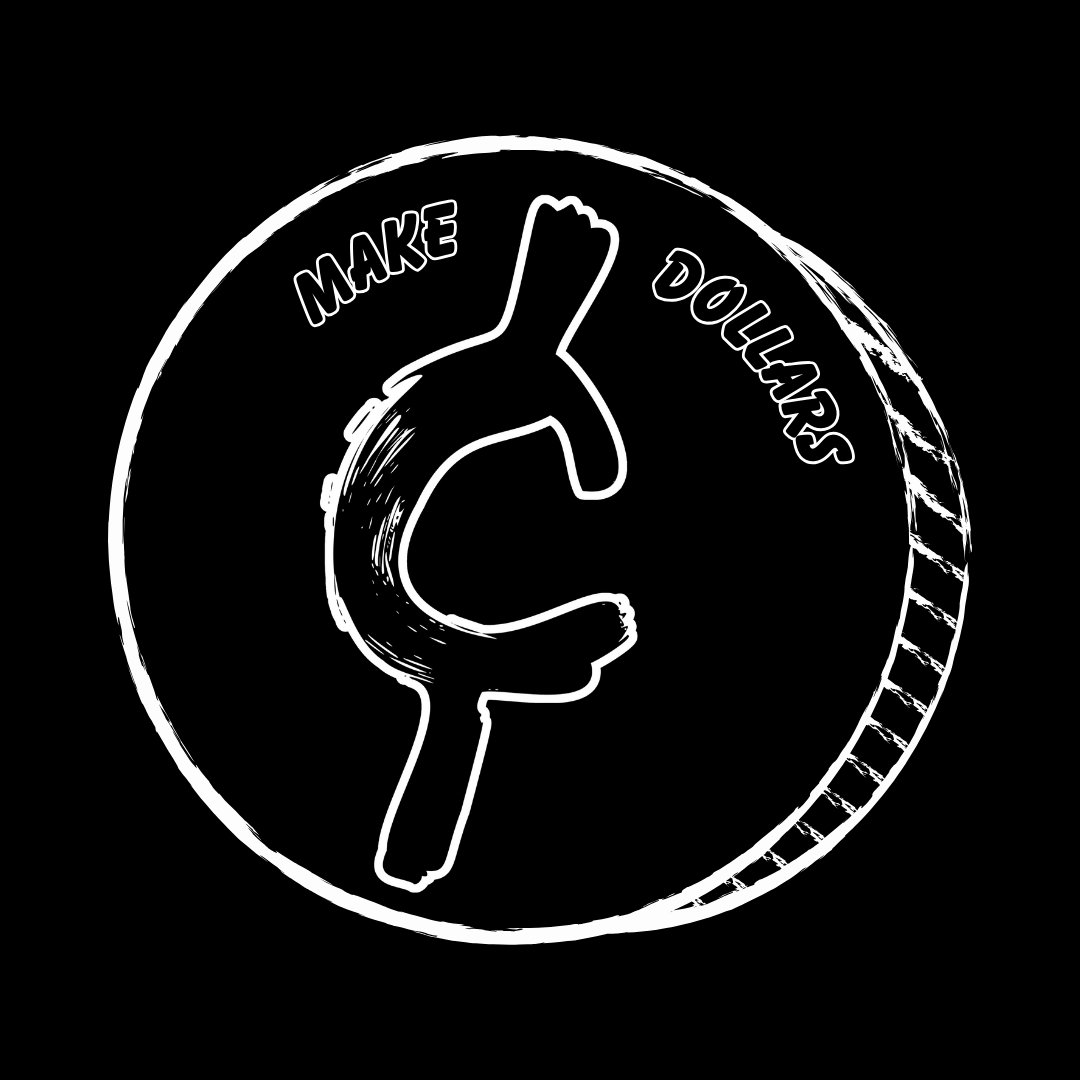Why Coin Grading Matters: Understanding Condition and Value
Two coins can look nearly identical — yet one might sell for $20 while the other is worth $2,000. The difference? Condition.
That’s where coin grading comes in. Grading is the system collectors use to describe a coin’s state of preservation, and it’s one of the most important factors in determining value.
What Is Coin Grading?
Coin grading is the process of evaluating a coin’s condition based on how much wear it shows from circulation, along with its overall eye appeal, strike quality, and surface preservation.
Professional grading services like PCGS, NGC, and ANACS assign a numerical grade to each coin using the Sheldon Scale, which ranges from 1 to 70.
1 (Poor) – Barely identifiable; heavily worn.
20 (Fine) – Moderate wear, but all major details visible.
60–70 (Mint State) – No wear; uncirculated condition.
70 (Perfect) – Flawless even under magnification.
Why Grading Matters So Much
1. Value:
The same coin can vary drastically in price depending on grade. For example, a common Morgan dollar might be worth $40 in circulated condition but $1,000+ if certified MS65.
2. Authenticity:
Grading companies also verify that a coin is genuine — crucial protection for collectors, especially when buying online.
3. Market Trust:
Coins in professional “slabs” (sealed holders) are easier to buy, sell, and trade because the grade is recognized industry-wide.
4. Preservation:
Certified coins are sealed in protective cases, keeping them safe from environmental damage and cleaning mistakes.
Eye Appeal and Strike Quality
Beyond numbers, graders also consider:
Luster: The original mint shine.
Strike: How well details were struck into the coin.
Toning: Natural color change that can add or detract from value.
Marks: Scratches, bag marks, or contact points.
Coins with excellent strike and eye appeal can sometimes bring premiums even within the same grade.
Certified vs. Raw Coins
Certified Coins: Graded and encapsulated by a professional service. Easier to resell and more trusted.
Raw Coins: Uncertified. These can be good bargains if you can grade accurately yourself — but also carry higher risk.
Should You Get Your Coins Graded?
It depends on the coin’s value and demand.
✅ Grade if:
The coin is rare, high-value, or has investment potential.
You plan to sell it.
You want professional authentication.
🚫 Skip grading if:
The coin’s value is below grading fees (typically $30–$50).
It’s a common piece with sentimental value only.
Final Thoughts
Grading gives structure to the coin market, turning personal opinions into standardized, trusted assessments. Whether you’re buying, selling, or simply organizing your collection, understanding coin grading helps you make smarter decisions — and protect your investment.
For more guides and collecting tools, visit CoinCollectingTools.com.
